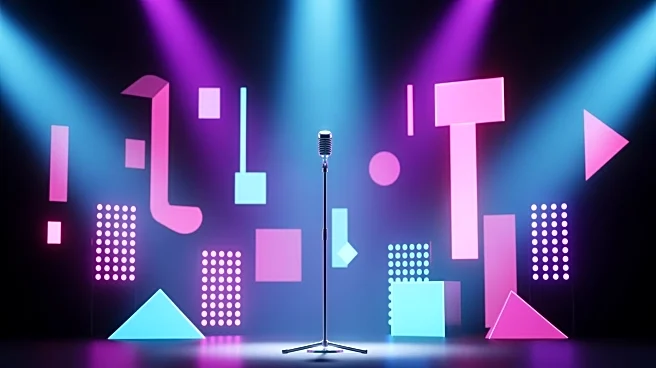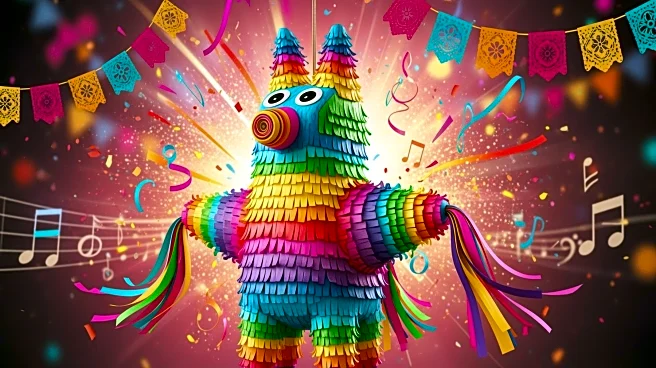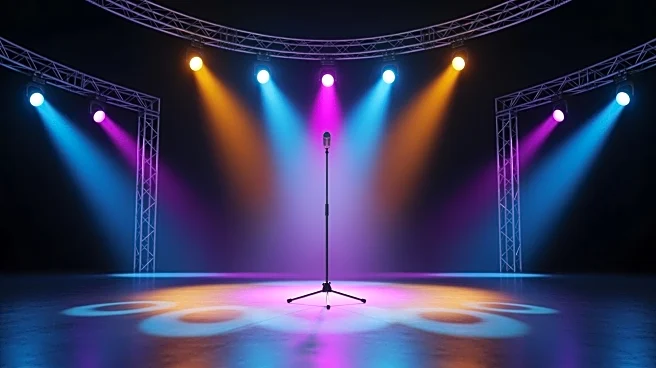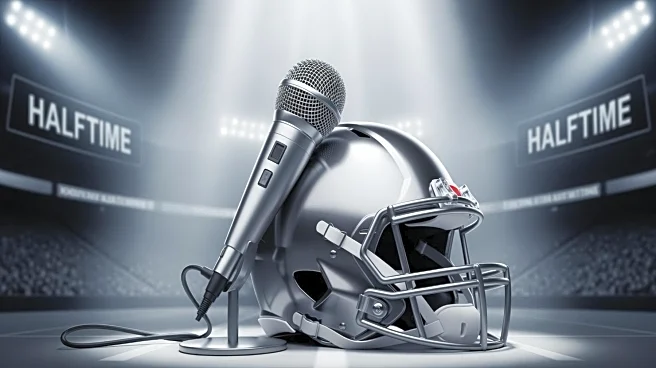What's Happening?
Bad Bunny has been selected to perform at the Super Bowl LX halftime show, sparking a mix of support and controversy. Several rock musicians, including Ken Casey from Dropkick Murphys and David Draiman from Disturbed, have publicly supported Bad Bunny's
selection. Casey praised Bad Bunny's performance in the film 'Happy Gilmore 2' and emphasized that there are more pressing issues than the halftime show performer. Draiman acknowledged Bad Bunny's global popularity and deserving spot at the Super Bowl, despite his preference for Metallica. Jelly Roll, another artist with ties to WWE like Bad Bunny, congratulated him on social media. Carlos Santana addressed false claims about his stance, affirming his support for Bad Bunny and criticizing divisive narratives.
Why It's Important?
The selection of Bad Bunny for the Super Bowl halftime show highlights the growing influence of Latin artists in mainstream American entertainment. It reflects the NFL's efforts to diversify its entertainment offerings and appeal to a broader audience. The support from rock musicians underscores the acceptance and recognition of Bad Bunny's impact across different music genres. This decision may influence future halftime show selections, encouraging more diverse representation. However, it also reveals underlying tensions and differing opinions within the music industry and among fans regarding cultural representation and artistic merit.
What's Next?
The NFL is unlikely to change its decision, as Commissioner Roger Goodell expressed confidence in Bad Bunny's selection. The controversy may continue to spark discussions about cultural representation in major events. Fans and artists may push for more diverse lineups in future Super Bowl performances. The event could also lead to increased visibility and opportunities for Latin artists in the U.S. music industry. As the Super Bowl approaches, reactions from fans and media will likely intensify, potentially influencing public perception and future entertainment decisions.
Beyond the Headlines
The debate over Bad Bunny's selection touches on broader cultural and societal issues, such as the representation of minority groups in mainstream media. It raises questions about the criteria for selecting performers for high-profile events and the balance between artistic merit and commercial appeal. The support from rock musicians suggests a shift towards greater inclusivity and collaboration across genres. This development may encourage more artists to embrace diverse influences and challenge traditional boundaries in the music industry.













